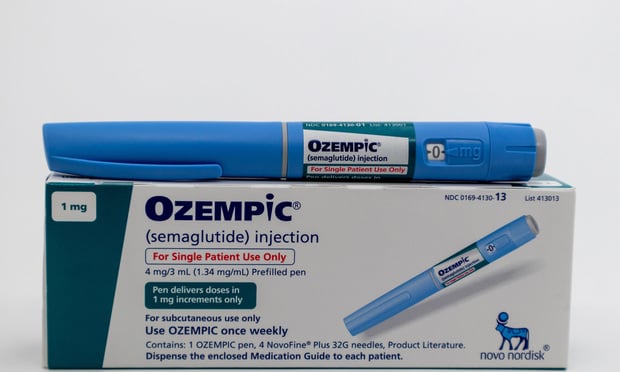In today's fast-paced society, writing a check, or standing behind someone who is, has become a frustrating and time-consuming task. More than ever, consumers are turning to debit cards for a wide variety of goods and services that have traditionally been purchased with checks or cash. In fact, debit card accounts and volume continues to grow at double-digit rates as more consumers recognize their utility. Debit cards are faster, safer and more convenient than cash and checks. Credit unions issuing debit cards have discovered benefits as well. Debit cards generate revenue, strengthen member relationships and enable credit unions to compete in today's marketplace. What seems to catch people off guard is how rapidly debit cards are growing. Consider these dynamics: though the average consumer credit card sales transaction ($77) is approximately twice that of a debit card transaction ($77 vs. $38), the average usage of a debit card is more than twice that of a credit card. The result is annual volume on an active debit card account exceeds that of an active credit card account. With such a significant member relationship and revenue opportunity at stake, why do less than 25% of share draft accounts have a debit card associated with it? The Rapid Growth of Debit Cards Convenience, acceptance and ready access to share draft and savings deposits are the foundation for debit's success. Today, almost 50% of American consumers rely on debit cards for everyday purchases. Consumers have embraced debit. And why not? No other payment method offers convenient access to funds and 100% protection against unauthorized purchases with Visa and MasterCard's Zero Liability policies. VISA and MasterCard branded debit cards are faster to use at points of sale than checks, safer than cash and accepted at over 16 million merchant locations worldwide. In addition, debit cards can be used at nearly 500,000 ATMs for easy access to share draft and savings accounts. And as issuers, merchants, Visa and MasterCard continue to invest millions in national educational programs and awareness campaigns that explain these benefits, consumer acceptance keeps growing. Debit cards are displacing cash and checks rather than credit card purchases. Among active debit card users (9+ transactions per month), purchases made with checks and cash are declining while monthly credit card transactions remain steady. Typical users of debit cards are 25 – 44 years old and conduct nine transactions per month, spending on average around $38.00 per transaction. Consumers reach for their debit cards not only for traditional retail purchases and ATM cash withdrawals, but also for items in the services, recurring payments, and T & E expense categories. Relying on debit cards to maintain control of their finances and discipline their spending, consumers prefer to "pay as they go" by accessing their share draft account without the inconvenience of writing a check. Debit cards benefit issuing credit unions in two key areas. In addition to giving members what they want – easy, convenient access to funds – debit enhances cardholder relationships and strengthens credit unions' competitive advantage. Debit is another touch point to help credit unions remain members' primary financial institution. In fact, in one recent survey, 57% of consumers surveyed indicated that they would switch financial institutions if a debit card program was no longer offered. In other words, debit improves member retention. Debit also delivers new revenue opportunities for credit unions. Interchange revenue is generated with every transaction debit cardholders make. At the same time, by eroding the usage of checks, debit cards decrease the costly process of check processing management. In addition, some credit unions even report increases in their loan portfolio after adding debit. These credit unions say that members are more likely to use credit union loan products if members' primary share draft accounts are at the credit union. The debit card program, coupled with payroll direct deposit services offered by many credit unions to their SEGs, guarantees it. Member relationships are solidified and big issuers are taken out of the game. Debit benefits members and it benefits the credit union. Does this mean that credit unions should expect new debit programs to run themselves and be successful? Absolutely not. The launch of a new program still requires careful planning and thoughtful marketing. Spend ample time training your staff about debit and preparing them to answer member questions. They are your best marketing tool. Be sure to also use statement stuffers, direct mail promotions and your credit union newsletter to help educate members about the convenience and safety of debit cards. Then, focus your efforts on developing marketing strategies that promote activation and usage. Explain how debit cards access money from share draft accounts and can be used at any location that accepts VISA or MasterCard – grocery stores, retail stores, movie theatres, gas stations, and doctor offices to name just a few. Then strengthen your debit program with retention tactics. As the debit market is becoming more saturated, other financial institutions are experimenting with debit premium cards and rewards programs in order differentiate their product from others. They are shifting their focus from acquisition to retention. This is where credit unions are a step ahead of the competition. You already have a strong relationship with your members. A commitment to service excellence has earned your members' loyalty. Now all you have to do is give them what they want. Debit. The bottom line is this: we all know the consumer credit card market is mature and saturated. However, significant growth opportunities remain for the thousands of credit unions offering share draft accounts without debit cards.
© 2025 ALM Global, LLC, All Rights Reserved. Request academic re-use from www.copyright.com. All other uses, submit a request to [email protected]. For more information visit Asset & Logo Licensing.







